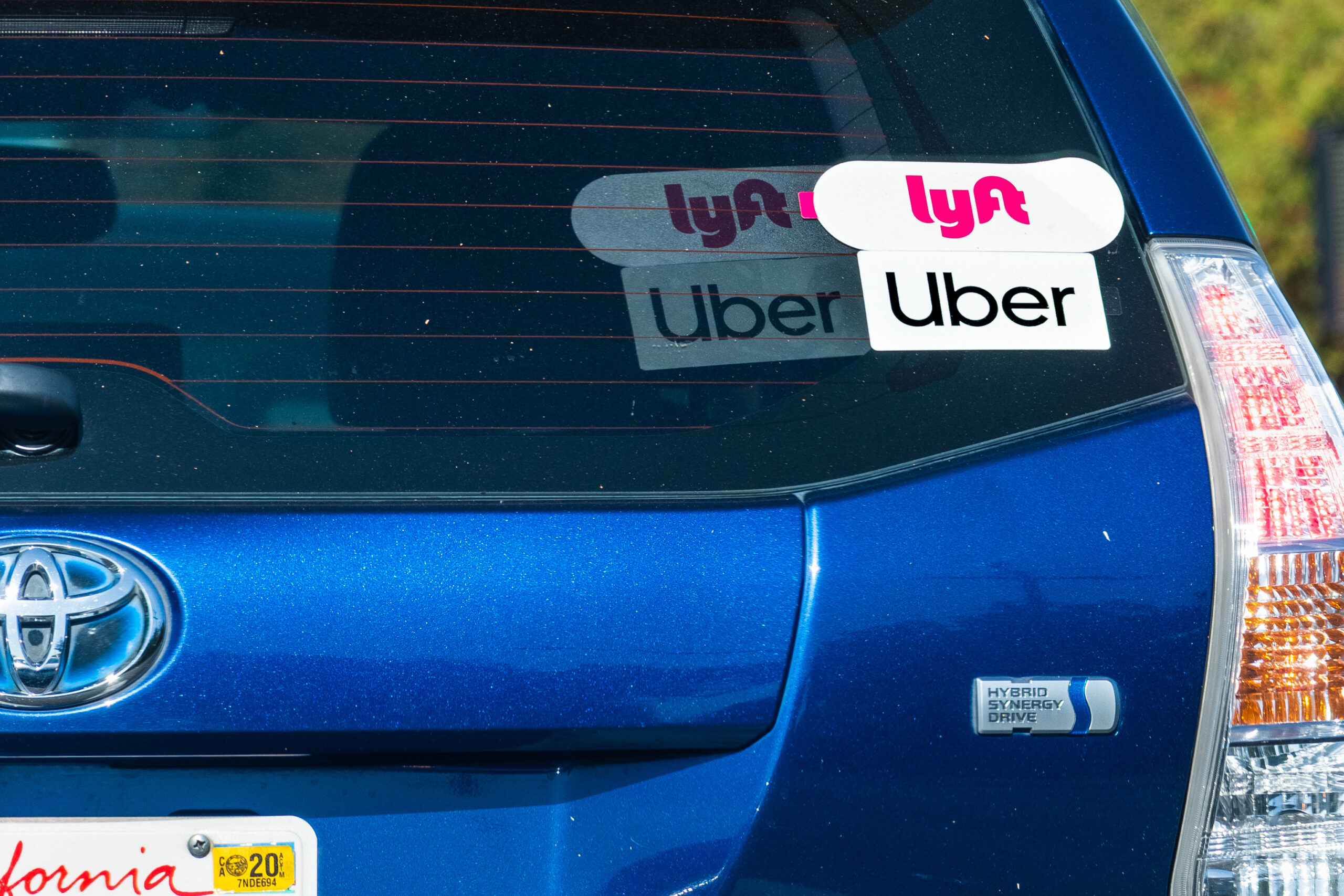Ordering an Uber or Lyft has become one of the most popular ways to travel from one place to another, so it should not be shocking that accidents among rideshare drivers have become an issue. In fact, a study conducted by professors at the University of Chicago and Rice University determined that the launch of ride-sharing platforms, such as Uber or Lyft, in a new city is associated with a 2-3% increase in the number of fatal accidents and motor vehicle fatalities. Additionally, some research shows that rideshare drivers are also contributing to increased congestion on the roads, which in turn contributes to a higher rate of collisions because of the increased number of cars on the road. So, before you schedule your next ride, here is some information to keep you informed in the event that the rideshare vehicle you are traveling in is involved in an accident.
What should I do if the Uber or Lyft vehicle I am riding in is involved in an accident?
First, as with any motor vehicle collision, make sure that all involved parties are safe and notify law enforcement and medical personnel, but you should also contact the rideshare company and report the incident.
Second, if it is safe to do so, take photos of the scene. Photos should include all the vehicles involved in the collision including the Uber or Lyft vehicle. Also, be sure to check for traffic or security cameras surrounding the area of the collision. Video documentation provides additional evidence that will support your claim.
Third, you should collect contact information for the driver of your vehicle, other passengers if it is a pool-share ride, and the driver of the other involved vehicle(s).
As always, you can refer to our evidence collection blogs to determine what other information should be collected at the scene.
How do Uber and Lyft Insurance Policies Work?
Both Uber and Lyft carry an insurance policy for personal injury, property damage, and death that is caused by their drivers during an active ride. An “active ride” usually begins from the time the ride is requested until it is cleared when the passenger is dropped off at their location. This policy can cover damages including your injuries, the past and future costs of medical treatment for injuries, lost income due to injury, and past and future physical or mental pain and suffering.
- It should also be noted that the coverage for both Uber and Lyft is based upon the driver’s activities at the time of the accident, which means that coverage may not be available on a particular accident and may revert to the driver’s personal insurance policy. Below are examples of Uber and Lyft policies regarding coverage:
- Uber and Lyft are not liable for any accidents that occur when drivers are not working.
- If an Uber or Lyft driver has their app on and can work, both the Uber or Lyft policy and the driver’s insurance policy will go into effect should a collision occur.
- If a passenger is in an Uber or Lyft driver’s vehicle and a collision does occur it will be covered by the rideshare company’s insurance policy.
As you can see, being involved in a collision while in a rideshare vehicle is a very complicated issue and requires the guidance of an experienced personal injury attorney to speak with the insurance company, and, if necessary, the court on your behalf. If you were the passenger in an Uber or Lyft motor vehicle collision, the attorneys at Plymale & Dingus at 614-542-0220 so we can help you get the compensation that you deserve.

